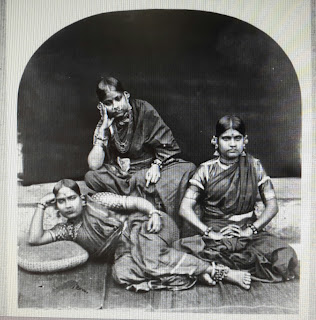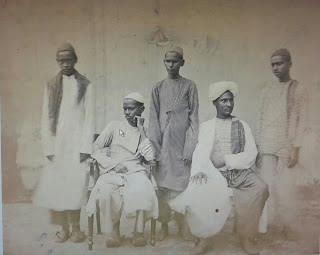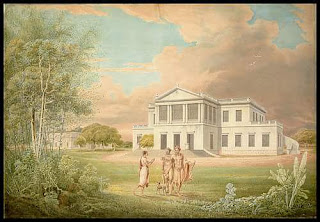Tipu Palace, Chamarajpet Bengaluru

Weekend getaway to Bengaluru /Mysore. Tipus Palace at Chamarajpet, Bengaluru. This palace made of Wood, Stone, Mortar and plaster was started by Hyder Ali in 1781AD and completed by Tipu in 1791 AD. Seems to be of Burmah teak wood and an excellent craftsmanship of that part of the country. Situated within Fort wall of Bangalore near Sri Venkatramana Temple. An inscription in Persian in the walls say that it is " Abode of Happiness and envy of Heaven".

























